Photo by Sean MacEntee
Pressure pushing down on me
Pressing down on you, no man ask for
Under pressure that burns a building down
Splits a family in two
-Under Pressure by Queen and the late and great David Bowie
We all feel the stress sometimes, but how we deal is what is important… and interesting. Dr. Susan Forsburg is interested in understanding how cells respond to replication stress and the survivors.
Dr. Forsburg studies Schizosaccharomyces pombe, a species of yeast, which might leave you wondering how yeast relates to biomedical research. As it turns out, S. pombe is a good chromosomal model for humans. Also, I’d argue, (to paraphrase Annie Oakley) that whatever yeast can do people can do better—so it’s worth studying how yeast do things.
Her lab uses live cell imaging with the cell membrane and the chromosomes each fluorescently tagged (with different colors). When she looked at her cells, though, some just looked plain odd—the chromosomes were off. This led Dr. Forsburg to start monitoring what was happening to those cells, and her motto has become “the cell will tell you what’s happening if you pay attention to it.”
This story all started with the MCM helicase. It’s the first replicate helicase discovered that’s conserved from archaea to eukaryotes. MCM4 mutations, a subunit within the MCM helicase, are associated with increased chromosomal breaks and micronuclei. Micronuclei are exactly what they sound like—small, separate “nuclei”—and are common in cancer.
Dr. Forsburg started with a MCM mutation that causes the cell to arrest late in S phase, where DNA Synthesis or replication occurs. (Quick primer on the cell cycle. Cells that aren’t dividing are in the G0 phase. When they are dividing, they enter the G1 phase, go through S phase, then G2, and finally divide in M phase.)
This mutation caused less DNA replication/synthesis and the replication fork to collapse early. Yet, the cell still divides—albeit without much DNA due to the aforementioned replication and synthesis difficulties. Lack of DNA is a problem, but what if the DNA that’s left is damaged?
The daughter cells still had Replication Protein A (RPA) andRad52, but the phenotype of RPA is different. In the mutated MCM4, the RPAs are clustered as opposed to being spread out like normal. If you do a 3D simulation, you’ll see that RPA and Rad52 are interdigitated. If you keep looking, you’ll see more abnormalities, including an ultrafine anaphase bridge and mitosis with an unreplicated genome, all of which isn’t supposed to happen.
When you analyze these genomes, you’ll see evidence of chromothripsis. The best way I can think of to describe chromothripsis is that it looks like you took a chromosome, fractured it, and glued it back together not in any particular order. Now, what’s odd about these cells displaying this? Well, cancer cells often have chromothripsis. This fractured chromosome was often trapped in micronuclei “where bad things happen to good chromosomes.” Sometimes these micronuclei were absorbed back into the actual nuclei, incorporating the mutation into the cell’s genome.
This means that it might not be S phase stress alone but being unable to stop mitosis that’s the problem. That is, it’s not just the damage to the chromosome that’s is the problem. It’s trying to do something with it that causes issues.
Even more interesting, if you use the imaging technique in Dr. Forsburg’s lab. You can do pedigrees within the yeast cells, where you trace and examine subpopulations of cells with these defects. This is especially relevant to cancer because of the cellular heterogeneity that is commonly observed within just one tumor.
Sabatinos SA, Ranatunga NS, Yuan JP, Green MD, Forsburg SL. Replication stress in early S phase generates apparent micronuclei and chromosome rearrangement in fission yeast. Mol Biol Cell. 2015 Oct 1;26(19):3439-50.






